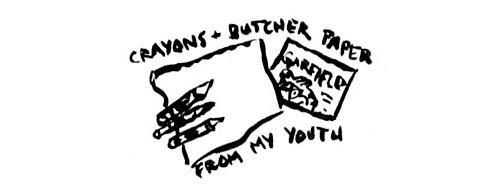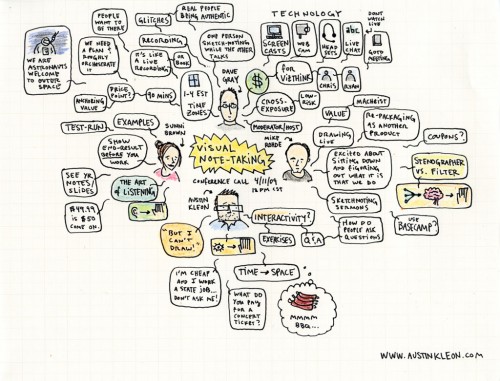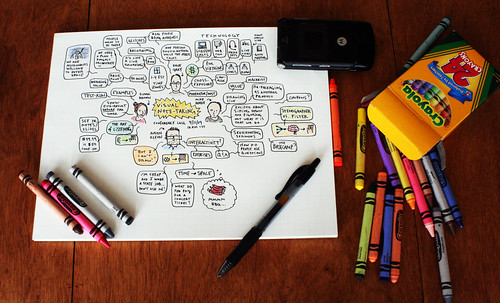Here’s a little sneak-preview of the slideshow introduction I’m working on for my portion our Visual Note-Taking 101 webinar that’s a week from today! (Register here.)
I got the idea from some sumi-e doodles and quotes I collected a couple years ago, thinking about my formal (and informal) education:

…lately I find myself frequently torn between whether I’m really an artist or a writer. I was trained and educated as the former, encouraged into the world of paint-stained pants and a white-walled studio where wild, messy experiments precipitate the incubation of other visual ideas— though I’m just as happy to sit at a desk in clean trousers with a sharp pencil and work on a single story for four or five days in a quiet and deliberate manner. In short, I’m coming to believe that a cartoonist, unlike the general cliché, is almost—bear with me now—a sort of new species of creator, one who can lean just as easily toward a poetic, painterly, or writerly inclination, but one who thinks and expresses him- or herself primarily in pictures.—Chris Ware, Introduction to The Best American Comics 2007
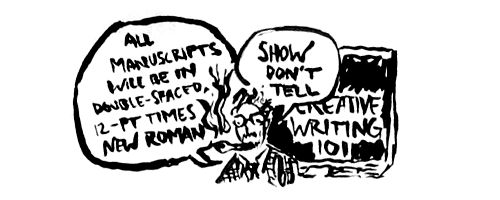
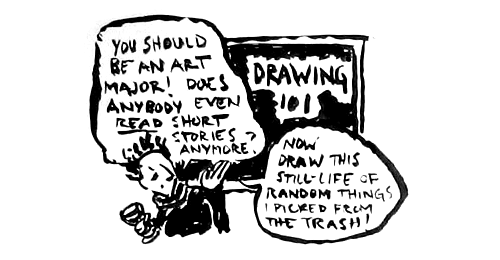
“When you have the talent to be able to write and to draw it seems a shame to choose one. I think it’s better to do both.”
—Marjane Satrapi
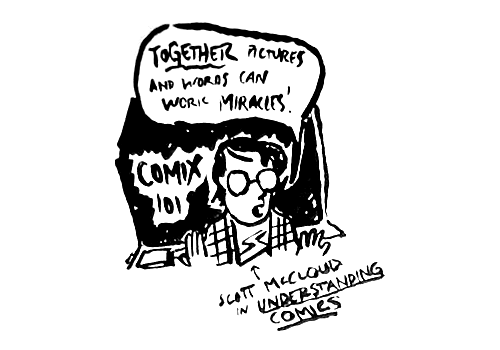
A comics-art curriculum is interdisciplinary. As comics-art students learn to become literate and visually literate, they need to develop a vast array of skills. They need classes in drawing, writing, computer art, literature, storyboard, and character design. They need research skills, so they can make their stories convincing and make their characters behave and look real enough to come alive on the page or screen.—James Sturm, “Comics In The Classroom”
